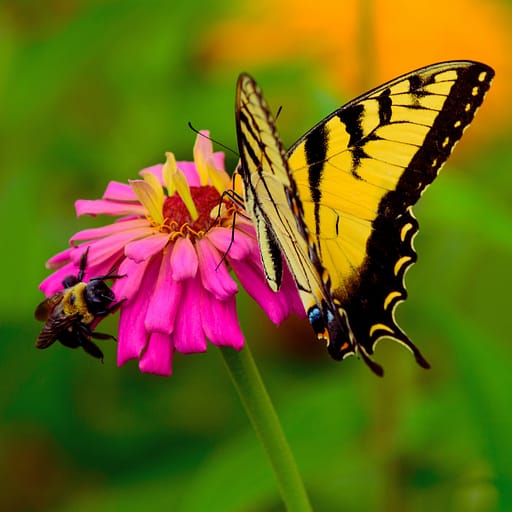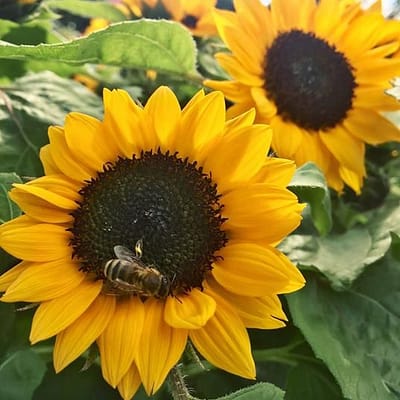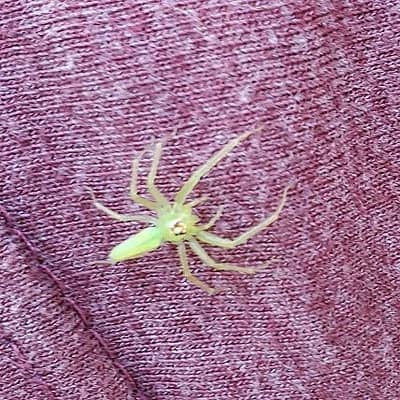
Bugs are everywhere, with over 100,000 different species found in the United States. That might give you the heebie-jeebies, but would it make you feel better to know that less than one percent of those bugs are harmful to plants. There are actually far more beneficial insects that work for us rather than against us. Some of the ones you might find in your garden are described below. So, the next time you’re going to spray your garden or squash a bug, check to see if it is actually doing some good first.
Ladybug – I’ll start with the most well-known beneficial insect, the ladybug or ladybird beetle. These pretty little bugs bring good luck if they land on you, but also have a voracious appetite for aphids, whiteflies, and mites.

Lacewing – This is a lesser-known beneficial insect, but it is another bug with a huge appetite for aphids, scales, and whiteflies. Female lacewings will lay eggs near an aphid colony to make sure there is food for the soon-to-hatch larvae.

Assassin Bug – If you see this insect, it might scare you a little, and not just because of its name. They are fearful looking creatures. But rather than squashing them, let them feed on their diet of aphids, flies, worms, and more. There is even a Milkweed Assassin Bug, which mimics the orange and black milkweed bug and eats lots of the aphids that plague our milkweed in the summer months.

Dragonfly – Not only can you find this larger bug in a variety of colors, but they have a favorite food that you’re going to love, mosquitos. Each dragonfly will eat a huge number of mosquitos each day, which is probably why you find dragonflies near water sources. When you see them flying around, know they are there helping to keep your yard free of biting pests.

Bee – I don’t have to tell you that bees are beneficial. Without bees, we wouldn’t have fruits and vegetables to eat, as they are one of the primary pollinators. And flowers wouldn’t be as pretty, since all of those lovely colors and petals are there for one reason – to attract more pollinators.

Butterfly – One of our favorite bugs, they are big, beautiful and their metamorphosis is a miracle of nature. While they won’t feed on pests in your yard, they are also an incidental pollinator of flowers, fruits, and vegetables.

Praying Mantis – These larger insects are rarely seen, since they are so good at camouflaging themselves in trees and bushes, but rest assured, they are busy being the insectivores that they are. Over their lifetimes (usually 8 to 9 months) they can easily eat up to 1000 bugs of various sorts, including flies, beetles, moths, and small grasshoppers.

Spider – Fear of spiders always tops the list of common phobias, but there is nothing to be afraid of. And while technically an arachnid and not an insect, they are dedicated to eating the insects that stumble upon their webs.

So, the next time you are wandering your garden, look to see how many beneficial insects you can find. The more you see, the healthier your garden.
